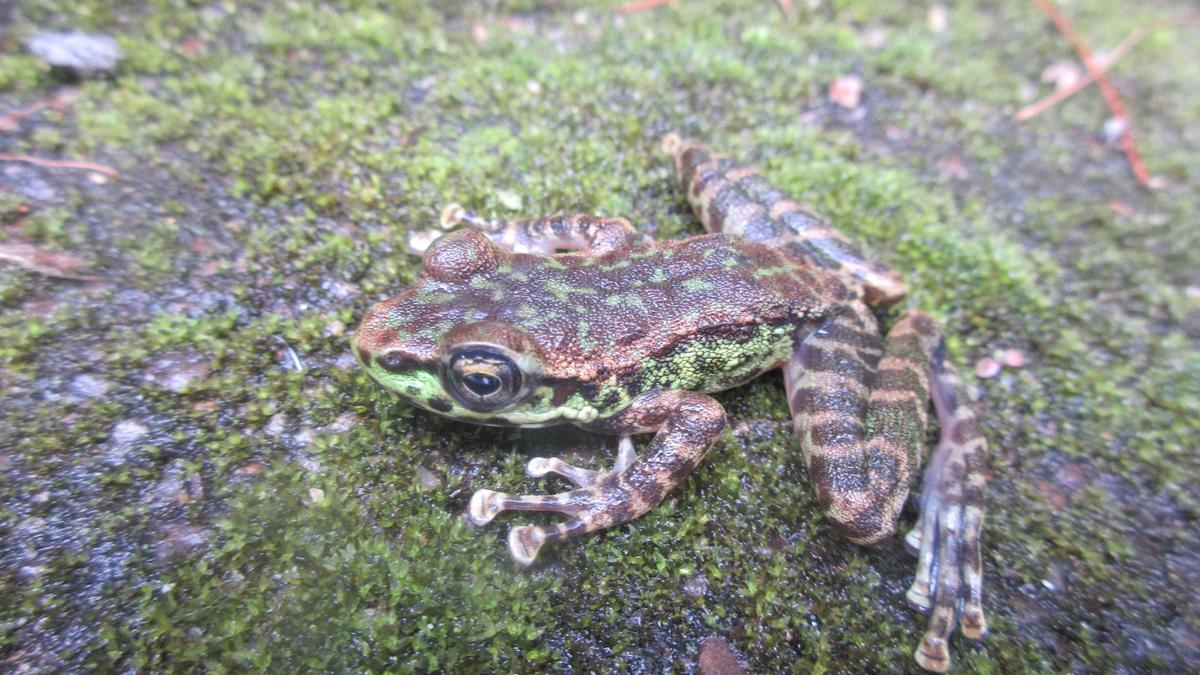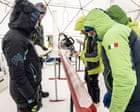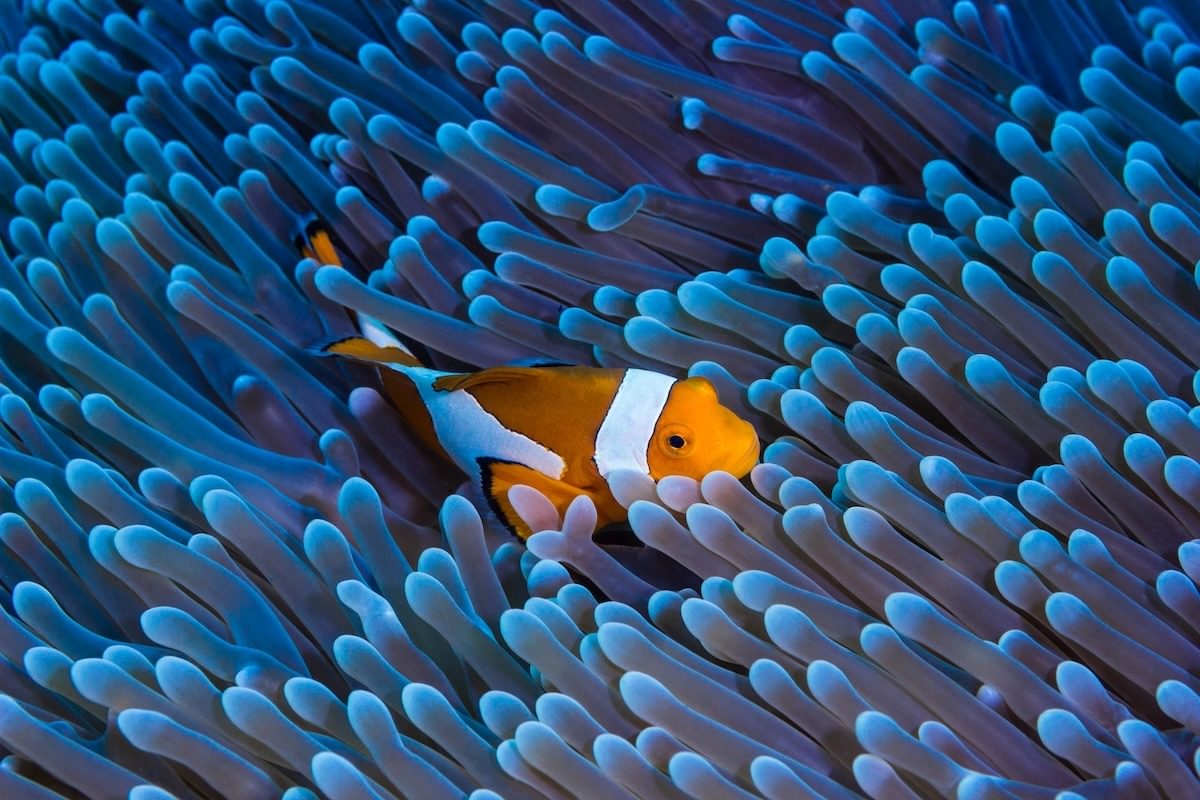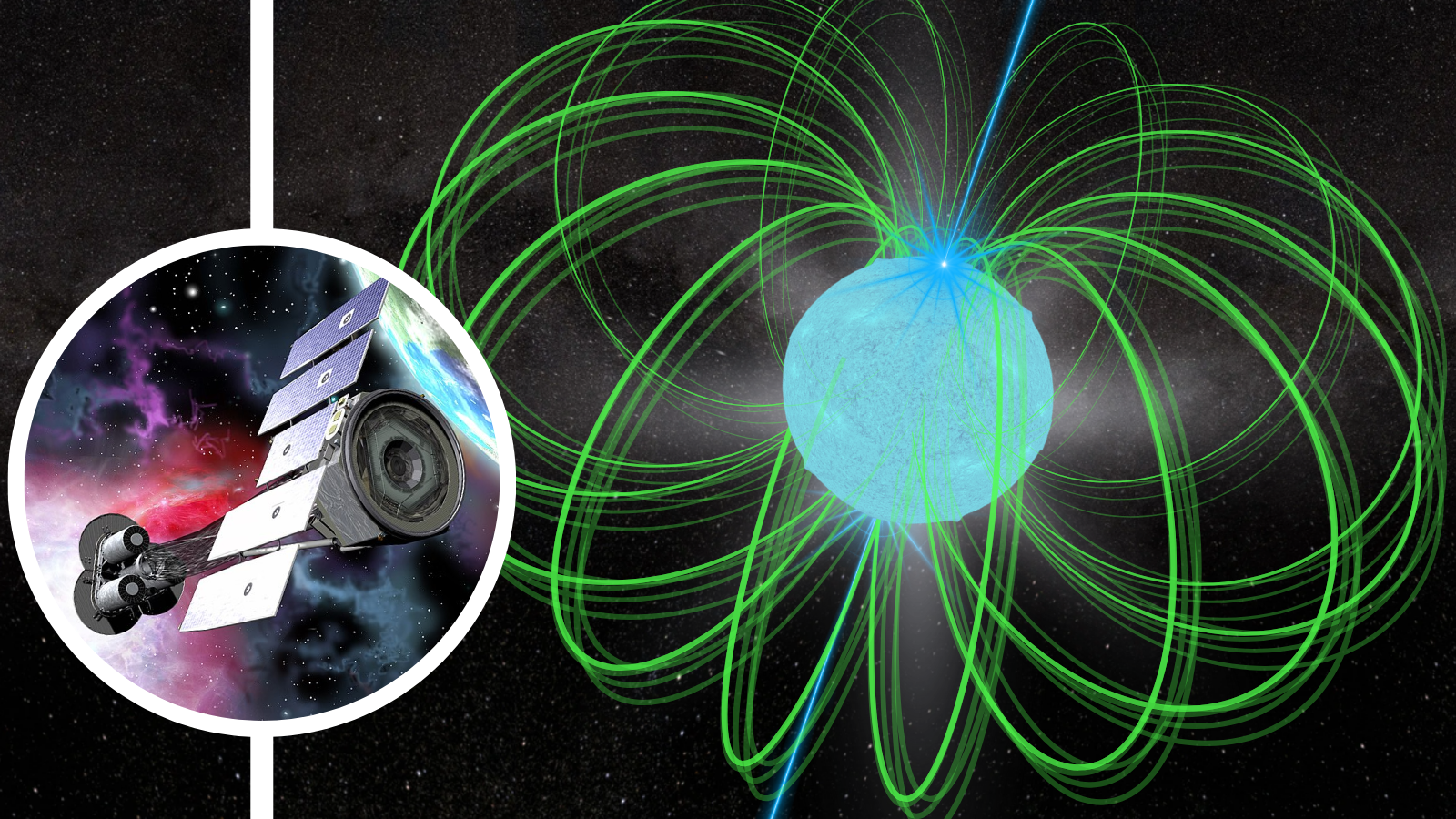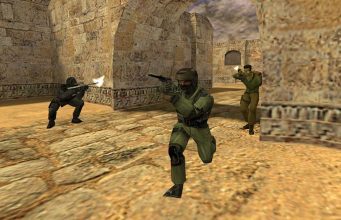Seals playing a video game reveal how they find their way
Small particles in the water can make a big difference. The post Seals playing a video game reveal how they find their way appeared first on Popular Science.

The world’s harbor seals (Phoca vitulina) are masters in seeing through the cloudy coastal waters they call home. Equipped with dexterous whiskers, these pinnipeds use a suite of senses to navigate their surroundings with ease. Harbor seals may also use an important part of their vision to determine which direction they are moving, even with such an opaque view of the world.
Now, we might know a bit more about how they can tell which direction they are heading. New research involving a simulated swim finds that the particles in cloudy water moving across the retina at the back of the seal’s eye can tell them which way they are moving. The findings are detailed in a study published May 29 in the Journal of Experimental Biology.
Harbor seals are commonly found along the eastern and western coasts of the United States. Adult harbor seals are about five to six feet long and they “haul out” (aka rest) on various rocks, reefs, beaches, and glacial ice when not at sea. This coastal lifestyle means they must navigate in some very busy and murky waters in order to survive.
[ Related: Arctic seals have special noses. ]
“We wanted to know whether harbour seals can determine their heading from optic flow fields – the pattern of motion on the retina generated as a seal moves past visible objects, including particles in the water, in their surroundings,” Frederike Hanke, a study co-author and neuroethologist at the University of Rostock in Germany, said in a statement.
To examine this, Hanke and the team essentially set up an arcade for seals with a gaming challenge. They designed three different computer simulations to show three captive seals. One simulated moving through the open sea, with dots streaming towards the viewer out of the screen. The second used a plane of dots rushing towards the viewer to simulate the seabed passing below. The third emulated the surface of the sea flowing above the viewer’s head using another plane of dots.
The team then trained three seals–Nick, Luca, and Miro–to shuffle into place in front of a large screen and showed them the simulations. They were encouraged to indicate which side they were moving towards while watching the simulations (left or right) by touching a red ball with either side of their heats. In return, they were given sprats as a reward.
According to Hanke, Nick and Luca were gaming veterans and picked up this new task with ease. Miro was a novice, but he was reportedly a very open-minded seal, and “coped with all new situations easily.”
Once the seals were comfortable with the game, the team kept track of the animals’ choices as they watched the dots in the simulations. The simulations appeared to show that the seal was heading in a direction that was 22, 18, 14, 10, 6 or 2 degrees to the left, or in similar positions to the right. The team then plotted the animals’ successes and mistakes, as the seals indicated which direction they believed they were travelling in during the simulations.
“These are living animals, not robots,” said Hanke. “Errors are most likely due to inattentiveness or sometimes a drop in motivation.”
When the team plotted the seals’ successes, it was clear the animals were capable of determining which direction they were travelling based on the dots streaming in their view, the way that particles would look while they were really swimming. Even in faint lights, the seals appear to be able to use their vision to take advantage of cloudy water to determine which direction they are travelling based on the motion of objects and particles in the water going past their eyes.
In future research, the team is hoping to find out whether they use this same visual effect to determine how far they have travelled.
The post Seals playing a video game reveal how they find their way appeared first on Popular Science.

